Living alone since 1996 and after 25 years of marriage, Irene is in the process of transitioning to living in a multi-generation co-housing community. She has two sons, will next year turn 70 and now seems like the right time to make big changes in her life. At the moment, she’s getting her city-centre flat in Glasgow ready for selling. But she has no idea where her immediate move will be because The Clachan Co-Housing Project, intended to provide her future home, isn’t built as yet. It’s a unique co-housing model and project where residents will neither be buying or renting a home.
Neither Buying Nor Renting: The Clachan Co-Housing Project
Sustainable Living | 10th November 2019 by Irene Graham
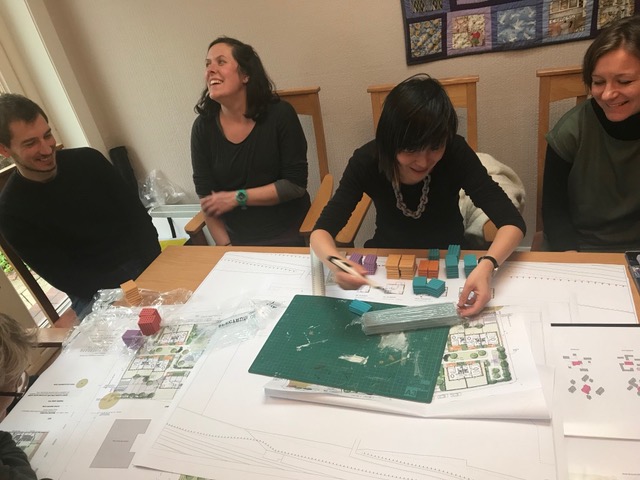
Irene, tell us a little about yourself
Having retired in 2012, I’m pretty busy with local and international projects. Locally, I’m secretary of Greyfriars Garden, a hidden gem in the Merchant City area of Glasgow. The garden has 42 small raised bed plots and brings together an eclectic mix of people who create a community through a common interest in planting and growing.
Internationally, I volunteer in a rural northern college in Bangladesh through Charity Education International (CEI), a small charity based in Glasgow. Since retiring, I’ve taken up membership of the CEI Board and I teach English, basic IT, and offer management support to Uttarbangla University College. With links to Raiganj University in West Bengal, India; I was appointed as an external Gender Adviser to their new Gender Studies Course last year. Since 2014, I’ve visited 12 times and on each visit, I am humbled by the warm and generous welcome I always receive.
I regularly participate in courses in the realm of personal growth and development and previous to retirement, my career was varied. Ranging from being involved in community activism in Castlemilk, teaching English and Drama in a secondary school, running a community resource centre, coordinating a community safety project, equalities work and being an elected city councillor for 12 years. My last paid job, was as Save the Children’s Poverty Programme Manager, working to reduce child poverty in Scotland.
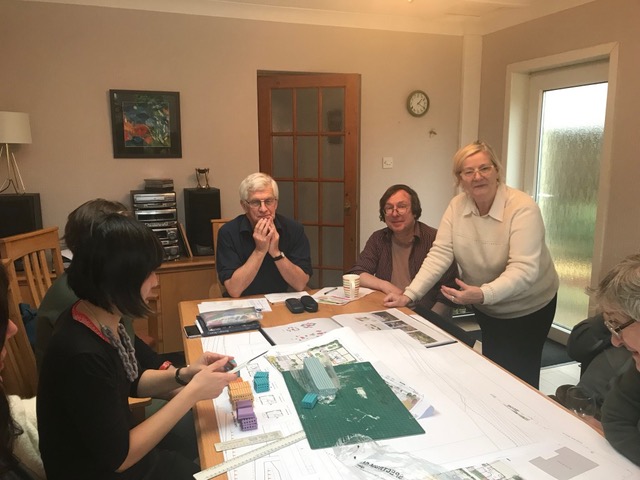
THE CLACHAN CO-HOUSING PROJECT
A co-housing and co-living project where residents will neither be buying or renting a home
How did your co-housing project get started?
Who are you working with on this project?
Tell us more about The Clachan co-housing project
What’s the inspiration behind Clachan’s co-living project?
Who’s driving the project forward?
The Clachan Project has a core group of individuals driving the project forward and we’re an eclectic mix. Four of us are over 65, two are in their late 40-50s, and there is a young couple with a baby and a woman in her twenties. In the very early days, there were only three of us. Through word of mouth and holding public meetings we quickly grew to 20 people coming along regularly. Everyone was welcome at first. But as we progressed to setting up the Clachan Development Group, asking for £50 a year membership as evidence of commitment to the project, numbers soon dwindled.
Now that we have a core membership group working on the project, we also have a Friends of Clachan group for people who like to be kept informed of our progress. What brings all of us together is our want to create an intentional community with shared values. We also want to create a form of housing occupation that will keep homes affordable, at least in relative terms.
What are the values underpinning the Clachan co-housing project?
We are clear the project will not be offering social housing for rent. Everyone who becomes a resident must be able to pay 10% of the cost build of the housing unit. We fit into the category of the intermediate housing market. Our values are centred on:
1 Creating a housing community with as low an impact on the environment as is possible,
2 keeping homes affordable and where
3 members of the community share resources.
How will the co-housing project have a low impact on the environment?
As mentioned, our template is LILAC in Leeds which is a low carbon and low impact development using straw bale construction. LILAC is not a certified Passivhaus development but it has a lower than average carbon footprint. We are inspired by LILAC’s low carbon initiatives but we are unlikely to replicate their designs because technology has advanced since their build in 2012.
LILAC’s timber panels are insulated with straw bales which together with the design of the homes and buildings combine to store solar heat in the winter and reject solar heat in the summer, thus reducing the need to input heating energy. Each property has a “Mechanical Ventilation Heat Recovery System” (MVHR), which enables the indoor air quality to remain high without having to open the windows.
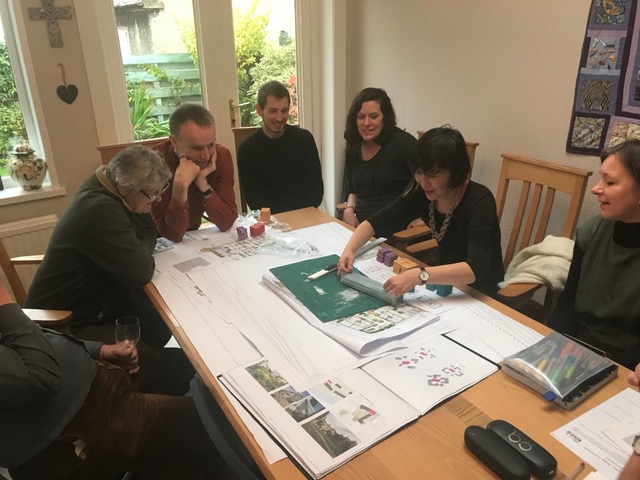
How will you create affordable homes?
How will the ownership scheme work?
A co-operative society will be set up to own and manage the homes. Members of the society will be the residents who live in the homes and it is the society, and not the individuals, who will obtain the mortgage. Residents will never own the property and equally, they won’t be renting.
The cost of buying the land and building the homes owned by the MHOS will be divided into equity shares. The number of shares owned by each member will depend upon what they can afford and the build cost of their home. Under the terms of their lease, each member makes a monthly payment to the MHOS which pays off the interest and capital. Payments will include a deduction for communal maintenance, insurance and service costs. Members can take out equity shares up to 110% of the cost build of their home.
The contribution residents pay each month is set at around 35% of their net income until they have paid for their allocated shares. A member’s net income is calculated by taking their gross income, considering all sources of their income and benefits minus deductions like tax, national insurance, pension contributions (up to a maximum of 10%) and student loan repayments. But, the MHOS can also consider other deductions like childcare costs.
As members leave, existing members can buy more equity shares. As a resident’s income levels change, their equity share commitments can also change. If someone leaves within three years then they will not be entitled to increases in the value of their equity shares. If a resident’s income falls, there will be an adjustment to the monthly contributions to reflect this.
The co-operative or MHOS will keep a set percentage of any increase in equity to ensure the sustainability of the project.
How will residents share resources?
At what stage is The Clachan Co-Housing Project at today?
At this stage, we are ready to set up the Clachan Co-Housing Cooperative and register with the Financial Conduct Authority. We’ve met with lawyers to discuss legal issues relating to the type of residency agreement we can legally use in Scotland. We’re also currently in discussions with Glasgow City Council and Maryhill TRA ( Transformation Regeneration Area) Local Delivery Group to identify suitable land in the Summerston area of Glasgow.
But we’re also looking for suitable land beyond Glasgow that will meet our needs of being close to public transport, shopping & schools with space for food growing. As a group, we’ve discussed how we want to manage and run the Clachan Project and have undertaken some basic training in sociocracy, a form of governance based on the principles of equivalence, efficiency and transparency with decisions being reached by consent. At present we use ‘light touch’ sociocracy methods to reach and take forward decisions.
At times, it all seems like a lot of hard work and there is a lot of frustration about having not yet identified and secured land. That said, this is an exciting project and when it is realised, it will be a first in Scotland. It’s exciting to be involved with like-minded people who share similar values and who want to live together in a multi-generational, co-housing community.
NEITHER BUYING NOR RENTING: The Clachan Co-Housing Project
Share this post:
Hear from Solo Living now and then by signing up to our mailing list






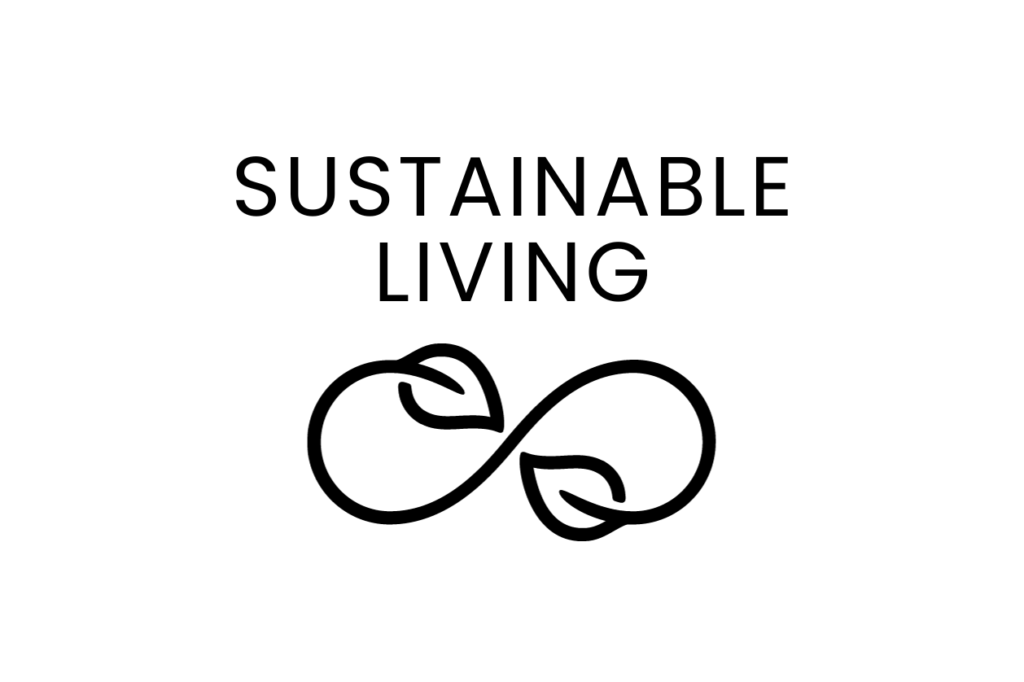
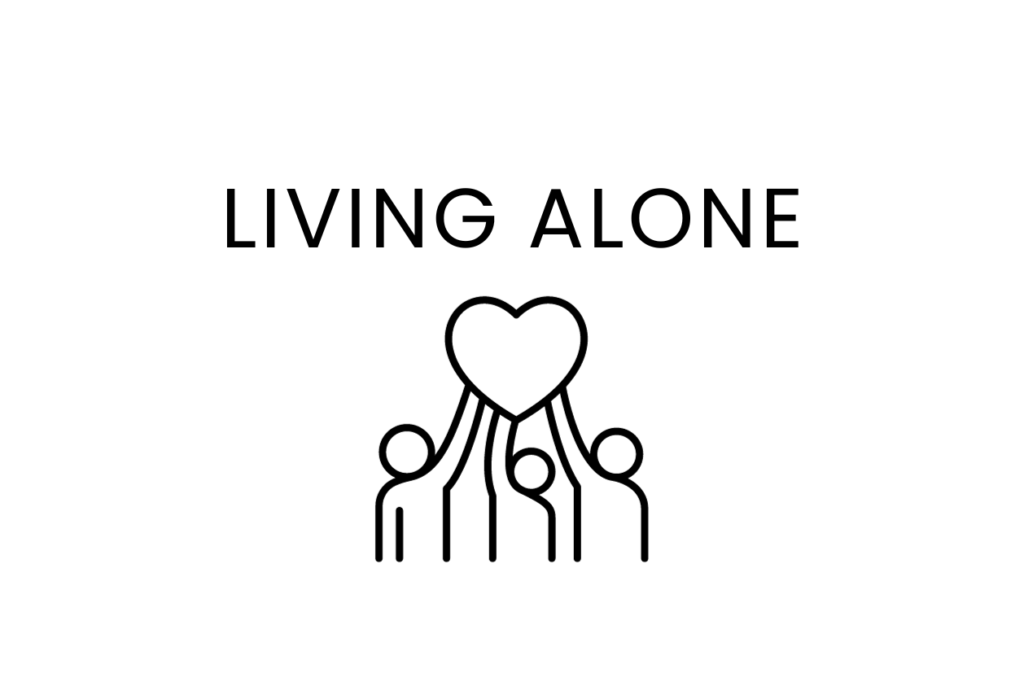
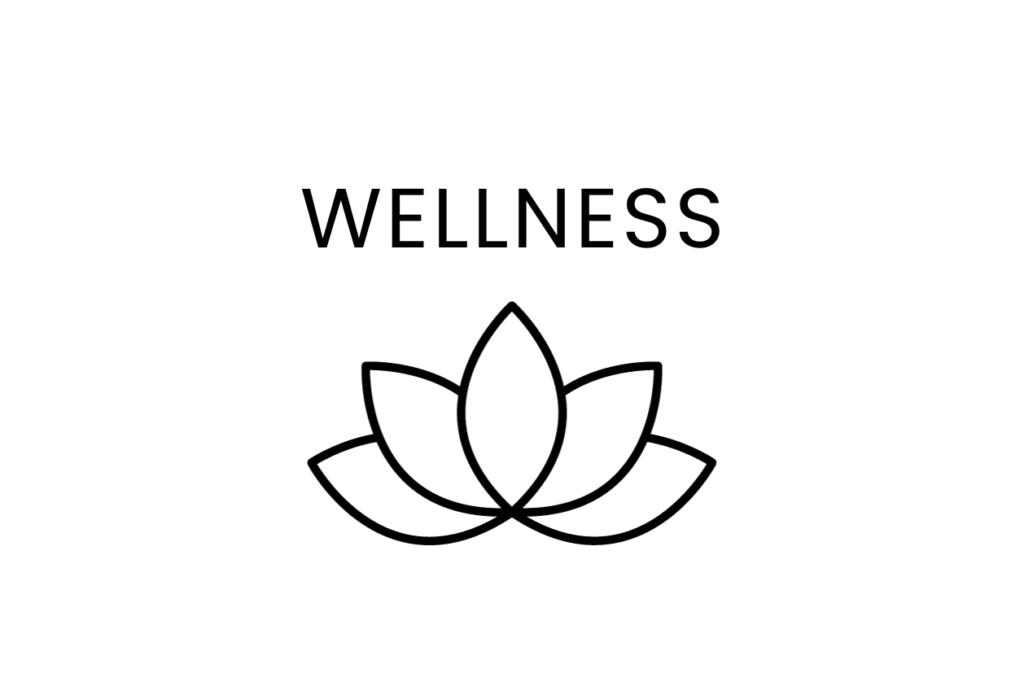
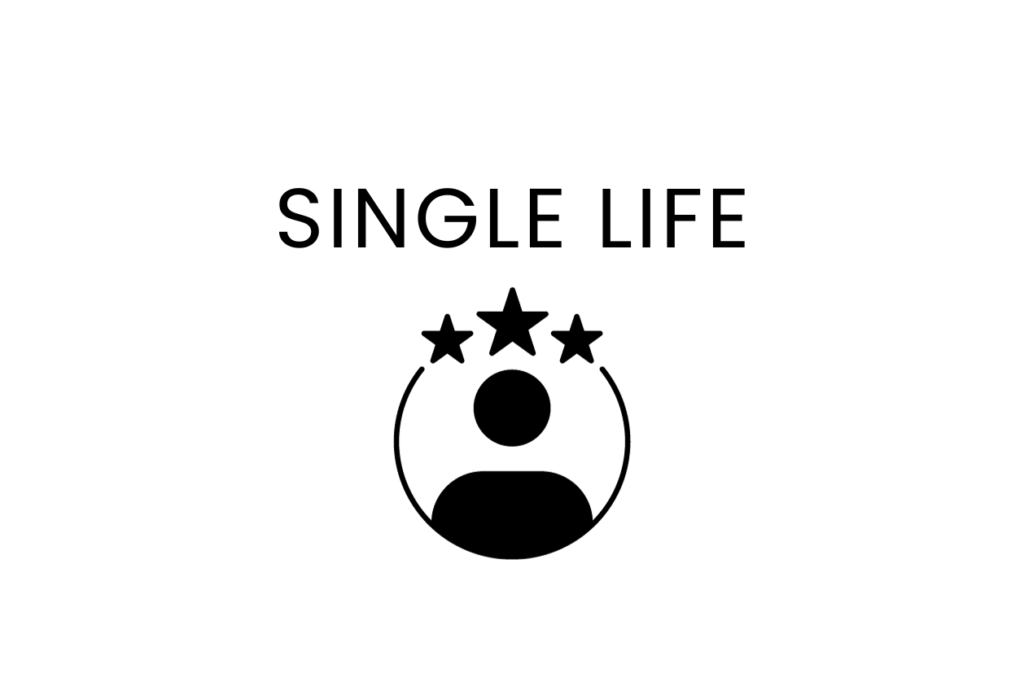





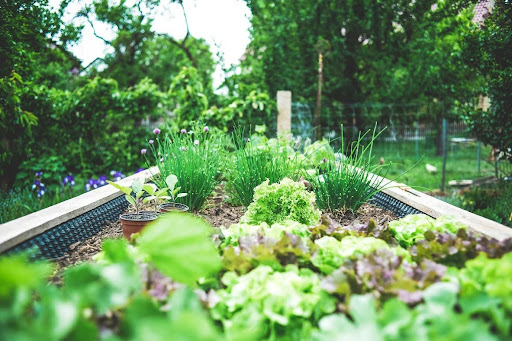
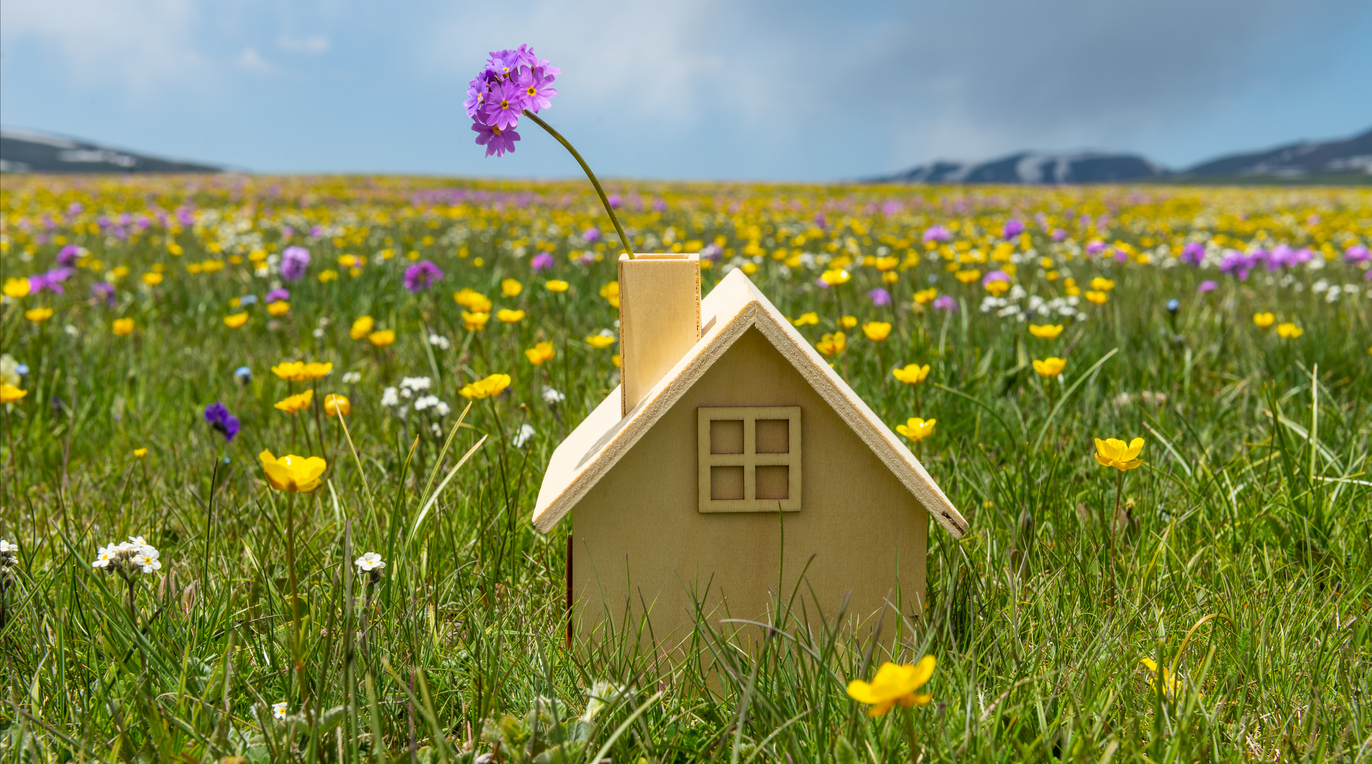
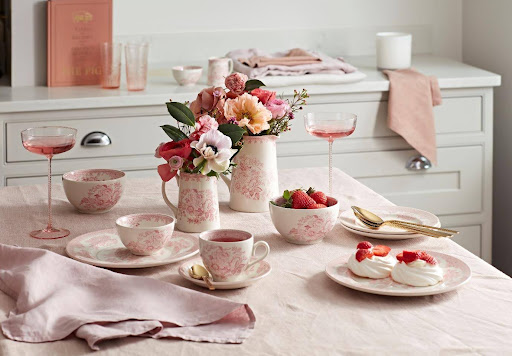
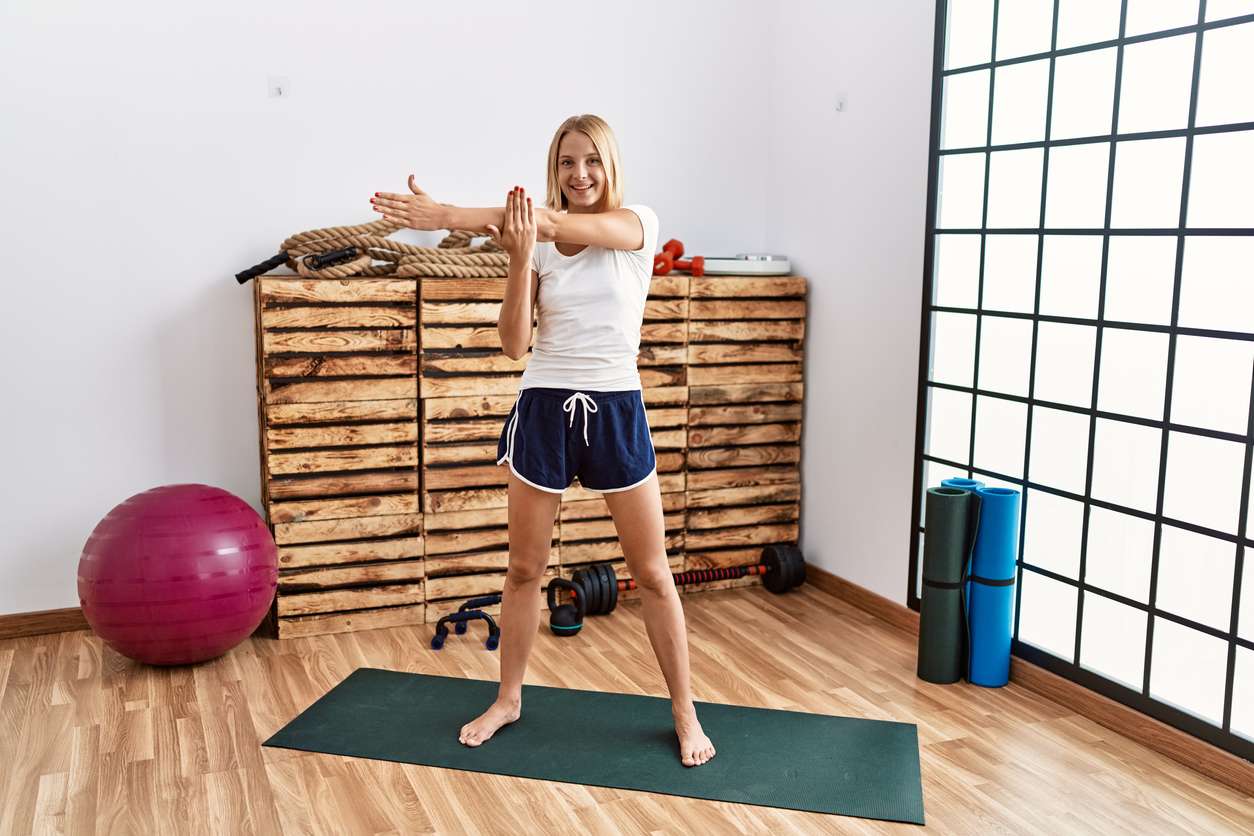
2 thoughts on “Neither Buying Nor Renting: The Clachan Co-Housing Project”
This sounds like a fascinating project.
I am really keen to understand how the model of MHOS will work in Scotland given the leaseholder status?
Hello Irene. Could you possibly email me regarding your housing project. Many thank
Catherine Murphy.
Comments are closed.